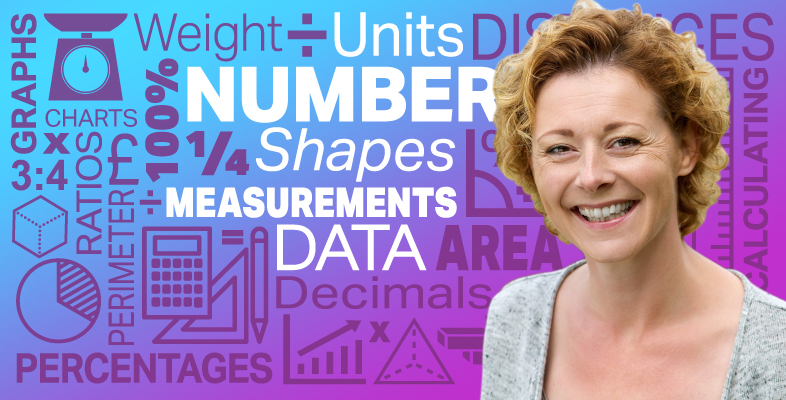4.2 Rounding money
Rounding money to the nearest 10p
We use rounding with money in real life when shopping on a budget or maybe checking a bill.
The rule is that if the amount ends in 5p or more, you round up to the next 10p above, and if the amount ends in less than 5p, the 10p digit remains unchanged. For example:
43p ends in 3 (it’s less than 5) so it can be rounded down to 40p
78p ends in 8 (it’s more than 5) so it can be rounded up to 80p
Activity 25: Rounding to the nearest 10p
Round the following amounts to the nearest 10p:
- 13p
- 26p
- 35p
- £4.72
- £8.63
- £14.85
Answer
- 10p
- 30p
- 40p
- £4.70
- £8.60
- £14.90
Rounding money to the nearest £
When rounding to the nearest £, the rule is that if the amount ends in 50p or more, round up to the £ above, and if the amount ends in less than 50p, the pound column remains unchanged. For example:
£3.42 ends in 42 (it’s less than 50) so it can be rounded down to £3
£56. 67 ends in 67 (it’s more than 50) so it can be rounded up to £57
Activity 26: Rounding to the nearest £
Round the following amounts to the nearest £:
- £6.30
- £9.70
- £0.50
- £13.12
- £26.17
- £52.50
Answer
- £6
- £10
- £1
- £13
- £26
- £53
Summary
By completing this topic you have learned how to approximate answers to calculations involving decimal numbers.
You have also learned how to round a decimal number to two decimal places and round money to the nearest 10p or £.
